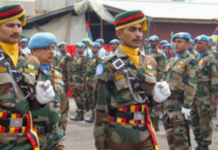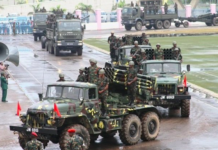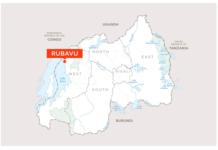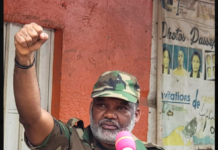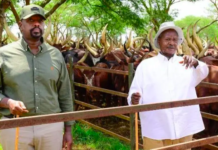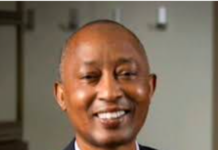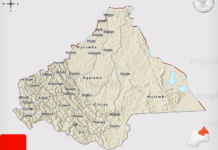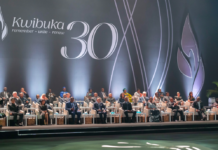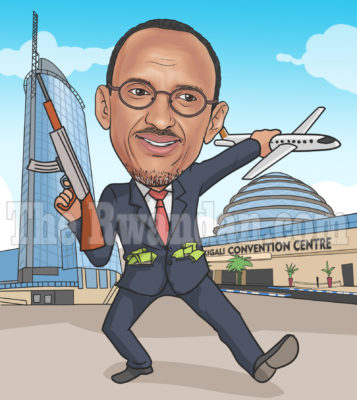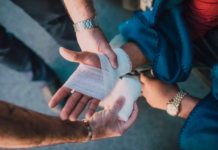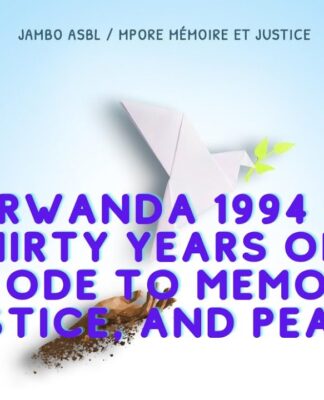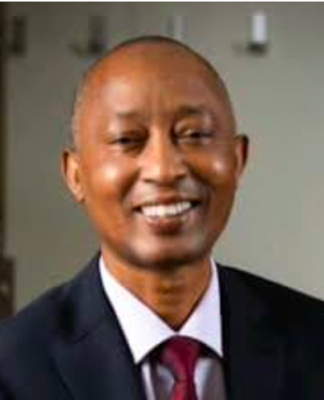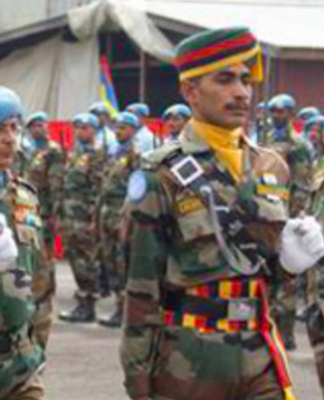By David Himbara
On the surface, Rwanda’s capital city of Kigali is very smart-looking. President Paul Kagame has spent a fortune in modernizing Kigali. Case in point is the Kigali Convention Centre — Africa’s most expensive building that cost $300 Million to build. Along with the new $830 Million international airport under construction, Kagame is banking on creating prosperity in Rwanda via tourism.
The hidden nasty side of Kigali City
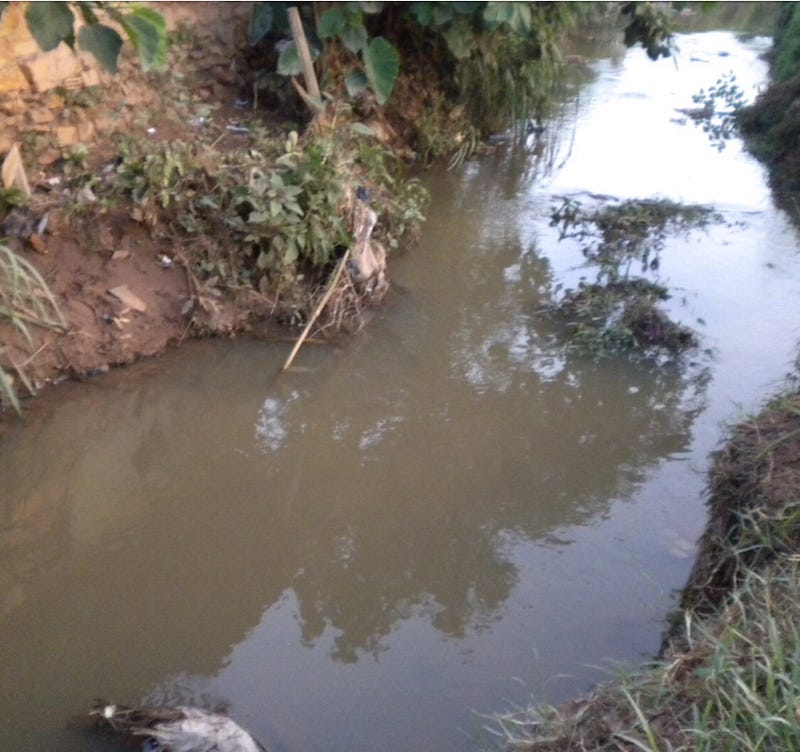
Unknown to the admirers of smart Kigali, however, there is a dark side to the city. Kigali has neither a sewage system nor a treatment plant. Untreated liquid wasted is released into the wetlands and water systems. The section of the 2017/2018 Auditor General’s report titled ”Untreated liquid waste being discharged into the environment” provides an update on the situation. The section reads in part as follows:
“The audit identified cases of health facilities, industries, big buildings, garages, and slaughterhouse that are discharging untreated hazardous liquid waste in the environment. Untreated liquid waste may result in environmental degradation and put the life of the population in danger…
There is no place designated for disposing of hazardous liquid waste generated in the CoK. This is due to lack of prioritization in management of hazardous liquid waste being generated in the CoK. Consequently, hazardous liquid waste are being disposed of at Nduba site inappropriately with non-hazardous liquid waste without any treatment which is detrimental to the environment and putting the life of the population at risk.
The audit identified cases of waste being channeled and dumped into the wetlands. This is a threat to environment and may lead to contamination of water sources and soil, hence putting human life and other living species in danger. The dumping of waste in wetlands is a result of failure to use proper septic tanks and waste treatment plants for households and industries. This is also attributed to lack of proper follow up on the use of wetlands. ”
The Auditor General’s report on the dumping raw sewage into the environment is accompanied by photographic evidence. Here are some of the pictures with the original captions attached:
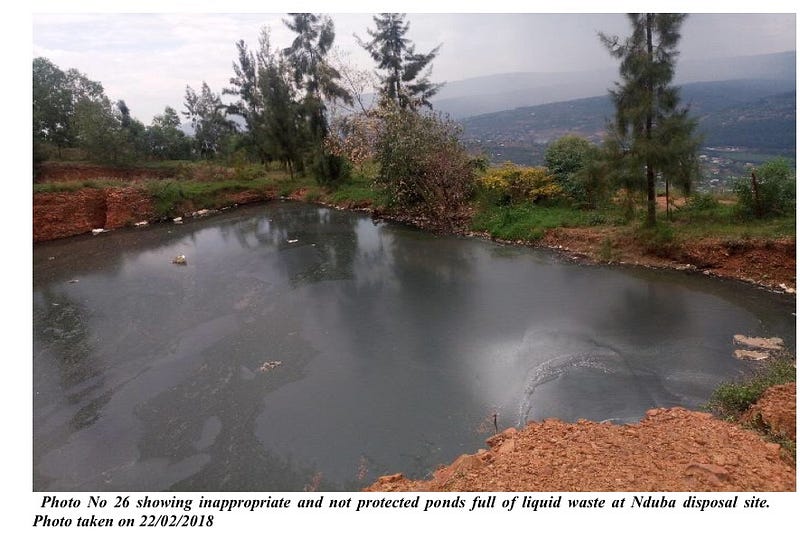
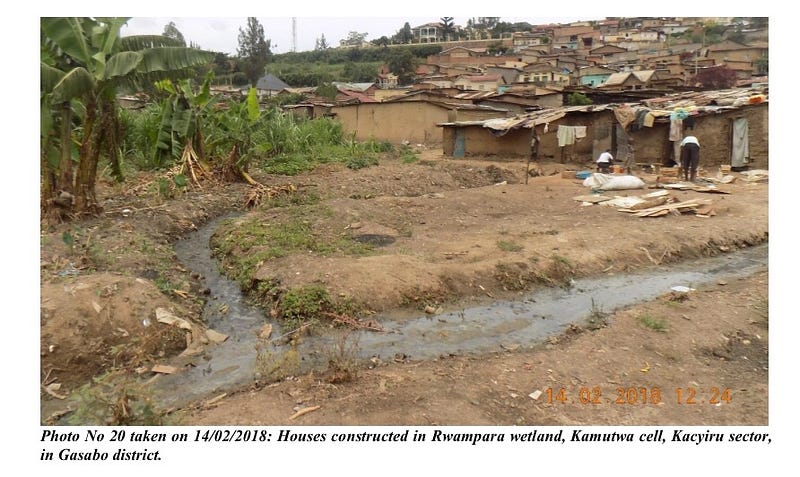
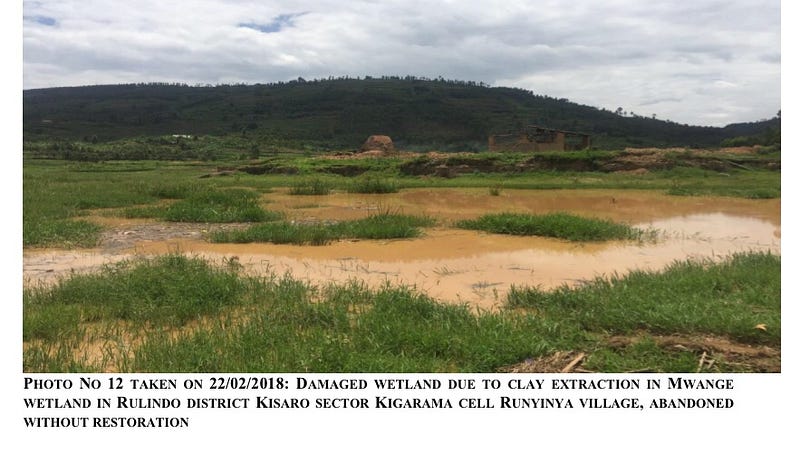
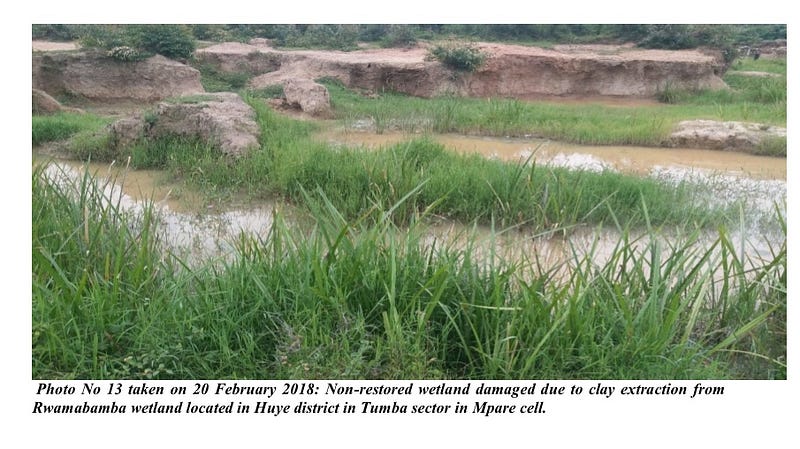
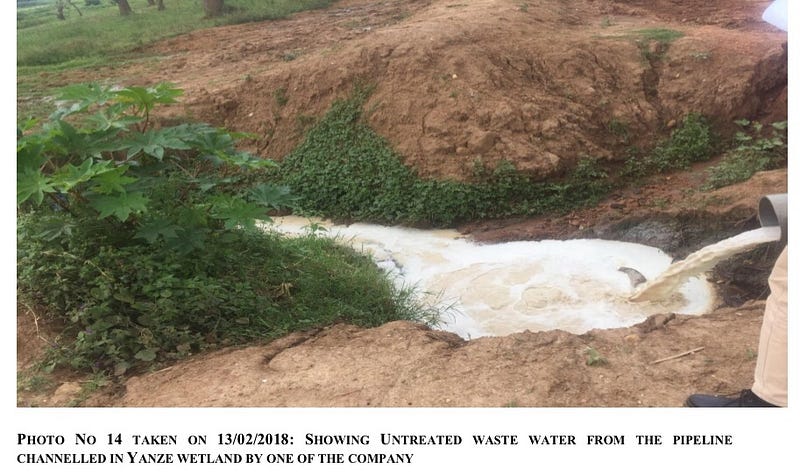

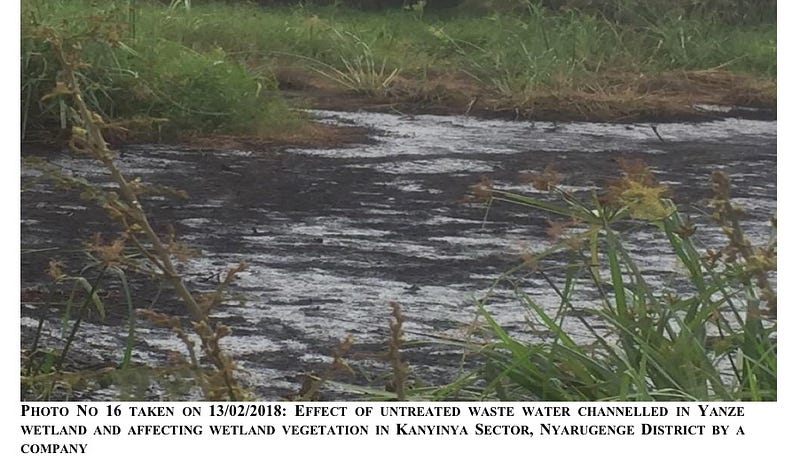
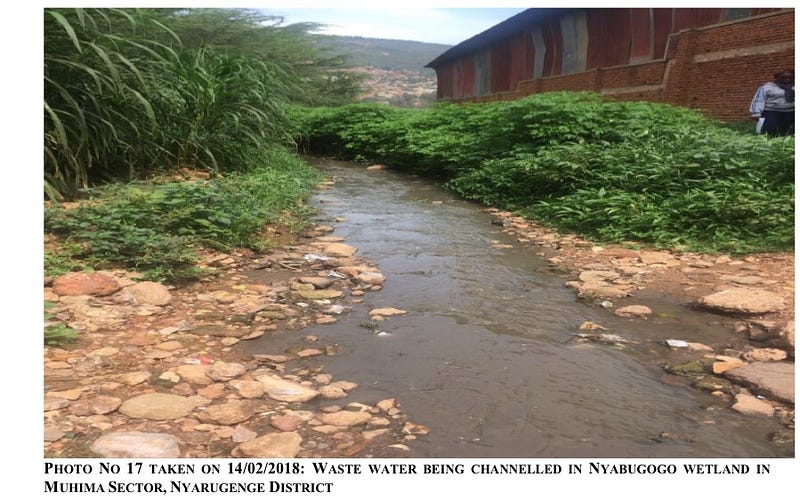

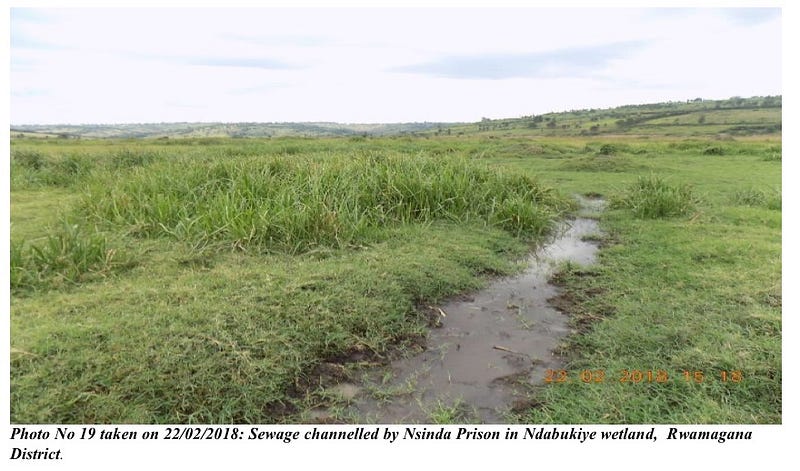
Invasion of Rwanda’s wetlands
The Auditor General found another dire issue — the invasion of Rwanda’s wetlands. The physical verification he conducted in February 2018 found the following invaders of the wetlands:
- 110 residential houses
- 18 commercial buildings
- 12 industries and factories
- 6 Garages
- 5 Hotels, Bars, and restaurants
- 4 schools
- 3 markets
- 2 churches
- 3 public buildings and
- 3 petrol station.
Among the culprits that invade the wetlands is the government itself.

As indicated in the above picture, the Jabana thermal power plant was built in the Nyabugogo wetland in Kigali. The Auditor General concludes as follows:
”The prohibited infrastructures in wetlands may result in loss of lives in case of flood. Furthermore, unauthorized human activities in wetlands may lead to their disappearance and is a threat to wetland biodiversity.”
For the past two decades, the Kagame regime has come up with all kinds of excuses for not addressing the sewage situation in Kigali and in Rwanda as a whole. Finally, in December 2016, the regime came up with the National Sanitation Policy with the following seven objectives:
- OBJECTIVE 1: Raise and sustain household sanitation coverage to 100 percent by 2020.
- OBJECTIVE 2: Implement improved sanitation for schools, health facilities and other public institutions.
- OBJECTIVE 3: Develop safe, well-regulated and affordable off-site sanitation services for densely populated areas.
- OBJECTIVE 4: Enhance storm water management in urban areas to mitigate impacts on properties, infrastructure, human health and the environment.
- OBJECTIVE 5: Implement integrated solid waste management.
- OBJECTIVE 6: Ensure safe management of e-waste, industrial waste, nuclear/radioactive waste and health-care waste.
- OBJECTIVE 7: Develop the sanitation sub-sector’s institutional and capacity-building framework.
We are less than two years away from 2020, which the timeframe set by the Kagame regime to achieve 100 percent household sanitation coverage. I highly doubt that the regime remembers that this policy exists.


